
Helpful Tips for Europe Travel You Need to Know
Do you have a trip to Europe coming up, or want to plan one? These helpful Europe travel tips will give you great essential insight whether you’ve been there before, or are going for the first time.
When I started traveling to Europe, I had no idea how to navigate or what to expect. There have been some surprises each time I go back, even on my most recent trip.
Read on for my tops tips that I’ve collected from traveling over the past decade, and for more stories from my past travels. I mean, my pain is your gain!
Airport and Airline Tips
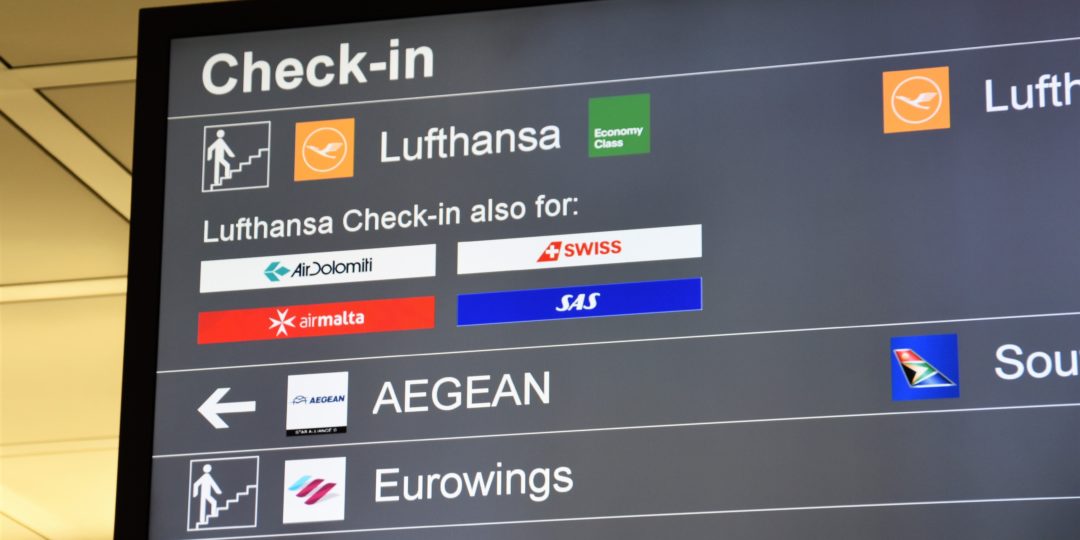
Let’s face it, most of the time airports are stressful.
I have miscalculated security lines and had to run to my gate, showed up early only to realize check-in wasn’t available for my flight yet and walked entire concourses in search of healthy food.
Maybe my mishaps will help you have a smoother experience at the airport or on your next flight.
1. Gates are usually not printed on your ticket
Many European airports do not announce the gate for your flight till about 45 minutes before take-off. Talk about stressful, especially if you are used to having it pre-printed on your ticket at check-in. I’ve found this at London’s Heathrow & Gatwick, Madrid Barajas, and Budapest Ferenc.
Tip: Find a spot in the middle of the gates and hang out with a book or some food, so you can check the screens and be ready to head towards your gate once announced. Better yet, relax in a lounge if you have access, they will have screens that list all the departure gates. Read to the end of this post to get my airport gate app and lounge app recommendations!
2. Check in may not be what you expect
We showed up to Budapest’s Ferenc Liszt Airport 3 hours early, so we could enjoy a lounge and relax, only to find out we couldn’t check in early. UGH.
They open up flight check-in only two hours before take-off, which causes a long line and rush when the attendants do show up. Next time I’ll do a little research beforehand to check on typical departure procedures.
Tip: If you find yourself in this situation, ask an airport employee which counter your flight will check in at, and go ahead and line up. We did not do this, and all of a sudden a tour bus showed up and all 45 people got in line before us. Fun times.
3. Be prepared when it comes to food
This may be an obvious one, but I want to share my healthy food tips to help you make it through your travels.
Pack yourself healthy snacks. I know this takes extra time and space, but it’s saved me so many times. You will never regret having snacks if you get stuck on the plane, or for extremely long flights with lots of time between meals. It’ll also save you money! Eat really healthy at home and drink a lot of water, before you even head to the airport to help beat the bloat.
Tip: I love packing dried fruit, healthy snack bars, and nuts in my bag (you can click on any of those items to find them on Amazon). I never travel without a refillable water bottle as well, like this collapsible one. You can also pack some veggies in your bag, and grab hummus or cheese at the airport to go with it.
Plug Adapters
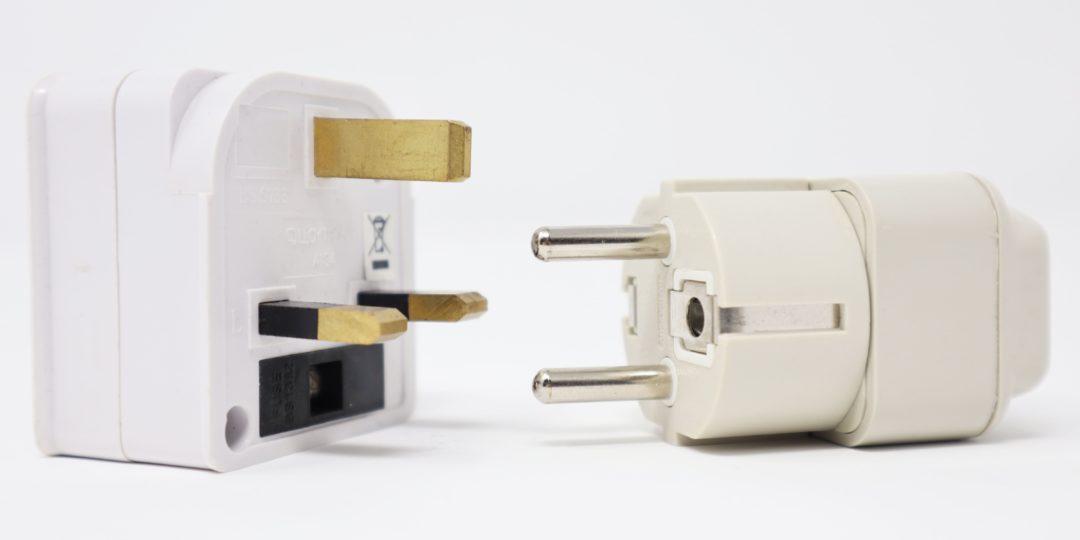
If you travel with anything that needs to be plugged in, then you need to read this section.
And honestly who doesn’t have things that plug in unless you live in the woods off the grid (but you’re proooobably not traveling if that’s the case).
1. Which adapters do you need?
The plug most widely used in Europe is referred to as the Europlug or Type C. With two prongs, it’s used in nearly every European country except for the U.K. and Ireland where you will need the three-pronged British Type G (both pictured above). Check out this map to see what adapters you’ll need around the world.
Tip: Pack at least 3 adapters so you don’t have to constantly switch between items. I also pack one in my suitcase, one in my backpack and another in my purse. I like to travel with smaller adapters that can fit in your pocket and one larger worldwide universal type. Don’t forget to pack one for wherever your layover might be too!
2. Voltage in Europe
The voltage in Europe, and almost every country around the world is typically between 220-240 volts. Americans are the odd ones out using 110 volts.
Tip: So what does this mean if you’re an American traveling abroad? Make sure to check your hairdryer or charger to ensure it covers the voltage range. You can also purchase travel items that switch voltage like this folding travel hair dryer that I love.
Mass Transit
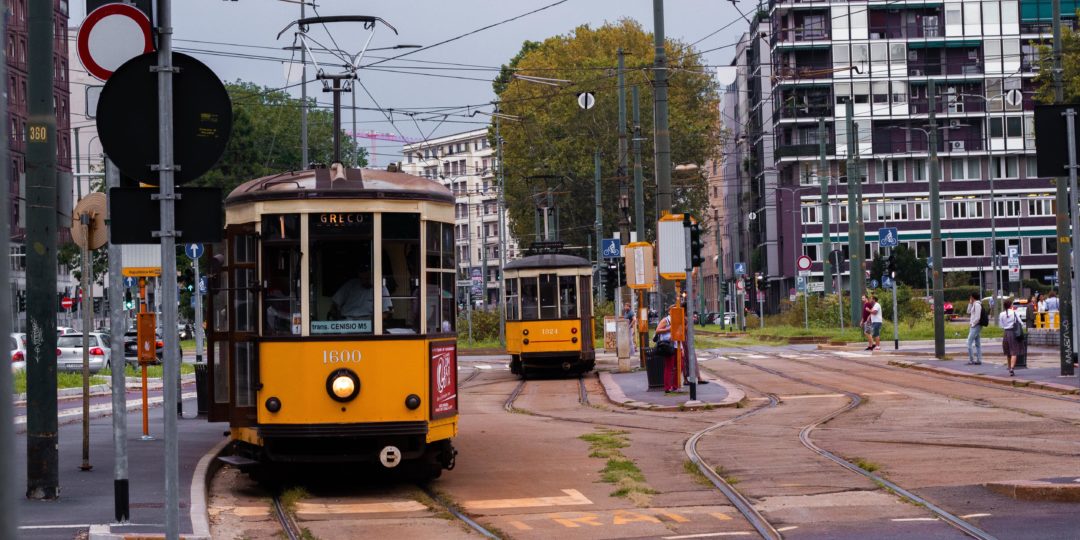
If you live in a city that doesn’t offer much mass transit, this may seem daunting when planning your Europe Travel.
I live in Austin, Texas and to be honest, our transit is lacking. We have some light rail, but it covers a super small portion of the city. Buses are really the only other transit option, and I have to own a car to live here.
Luckily, Europe has this figured out.
1. Transit card vs. one time use tickets
If you decide to use mass transit, then you might wonder if a transit card is the way to go, or just single-use tickets. Transit cards or passes might offer unlimited rides for 24, 48, or 72 hours, and even up to a week or month.
Tip: Here are my deciding factors – how long are you staying and how mobile are you? If you enjoy walking and are only there for 4 days or less, I would suggest single-use tickets as needed. Using a travel guide like Lonely Planet, will give you tips and help you navigate. Most include subway and transit maps.
Click here to find guides by Lonely Planet for locations all over the world!
2. Taxis might win
Some countries, especially in Eastern Europe, have really affordable taxi fares. Do a little research and figure out the cost in the city you are heading to.
Tip: Some cities have their own taxi service similar to Uber or Lyft. Budapest uses one called Bolt. We were able to select a taxi from the app, it pinpointed our location to pick us up, and had us enter the address of the end destination. Your card on file in the app pays for your ride. So easy.
Currency Conversion and Exchange

I talk about this a good bit in my post How to Avoid Tourist Traps on Vacation. Definitely, a must read, if you haven’t read it already!
I’ll re-touch on the most important tip about ATMs, and give you a new tip on paying in local currency as well!
1. Don’t pull out money at just any ATM
Using ATMs at your destination is usually the best bet for getting cash for the lowest exchange, but you have to be aware. Some charge an extremely large exchange rate. The best bet is to exchange at a bank or a withdraw at a true bank ATM to be safe.
Tip: Use an app like XE Currency to check what the norm is for that country. You can also use the app to quickly calculate the cost of something, as we did on our recent trip to Hungary. For example, 300 Hungarian Forints is equivalent to 1 US Dollar. Not exactly easy to remember that conversion when you get up to higher amounts.
2. Opt to pay in the local currency
If you are able to use your credit card at most establishments – definitely do so! You’ll earn points and avoid extra ATM fees withdrawing more cash.
Tip: Always opt to pay in the local currency if they ask what you prefer! The exchange rate could be higher if you choose your home country’s currency, and you may also be charged a fee on top of that.
Train Travel Between Locations
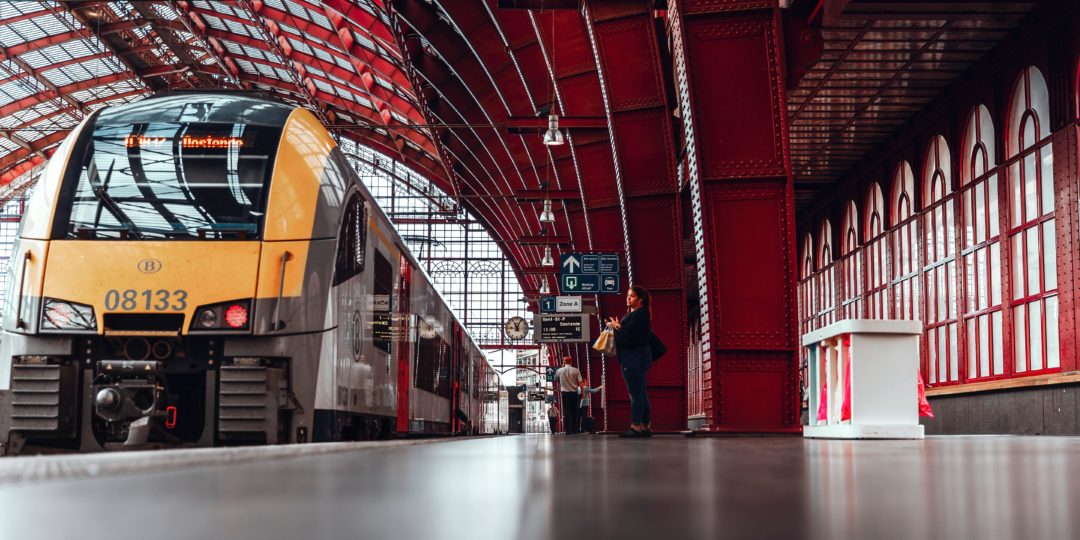
Full disclosure, train travel between locations is often the thing that causes me the most anxiety when traveling.
I think it’s a fear of the unknown. How to navigate the train station, which tickets we need to purchase, and getting to the next destination without too many delays (hopefully).
In Rome, we were on our way to Tuscany when the hotel staff recommended we take the bus instead of the subway. I had planned the subway and had an idea of which way to head. We hopped on the bus instead – in the wrong direction. Eventually, we reached the train station, only to hop off and realize it was the WRONG one.
1. Figure out your "train plan"
Obviously, I should have stuck with my plan in Rome. If you are going to plan anything ahead of your vacation besides flights and accommodations, let it be train travel.
Determine the correct station you need to catch your train out of, and then the name of the stations/stops in the native language. We kept saying “Chiusi” totally the wrong way in Rome and it took the lady 5 minutes to figure out where the hell we were even going. Haha.
Tip: I swear by the experts who have traveled before us. My top train navigations tools are as follows. The Man in Seat 61 has literally hundreds of destinations mapped out with complete detail on how to get between them. Rome to Rio is a great app you can use to figure out the best trains to take and the times they depart. Apparently, I could have really used this in Rome. I use the trusty guide book as well for recommendations!
2. Go with the flow
When it comes down to it just go with the flow.
Yes, we’ve had hiccups, but over time I’ve realized that we always make it to our destination and have fun doing it.
Tip: You can bring food and wine/beer on most trains in Europe. Grab some local cheese, chocolate, and a bottle of wine and enjoy the ride!
BONUS SECTION: If you were really paying attention, I mentioned recommending some airport and travel apps!
Airport: Priority Pass for lounge locations and information. I also download the app for the airline I’m traveling on, as they will give you real time updates and gate info.
Train/Transit: Rome 2 Rio lets you enter your location and destination, and maps out modes of transportation. (Don’t repeat my Rome situation!)
Do you feel prepared to tackle your next Europe trip now? I hope this guide gives you helpful insight - Comment below if you learned something new!
Disclosure: This page may contain affiliate links, meaning we receive a commission if you decide to make a purchase through these links (thank you SO much for your support), at no additional cost to you.


You May Also Like

5 Travel Planning Mistakes You Should Not Make
December 19, 2019
Top 3 Reasons You Should Book a Long Layover
August 13, 2019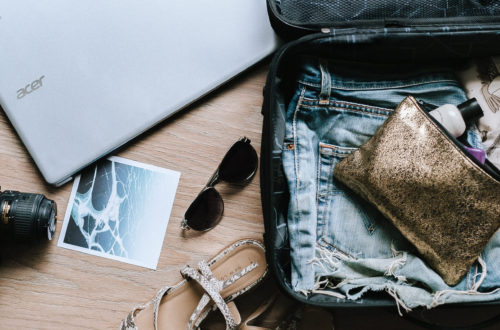
6 Comments
Plan to Explore
Testing the comments
Pingback:
Pingback:
Pingback:
Pingback:
Pingback: